
In Ukrainian society, the idea of an incredibly deep and strong strategic connection of our country with Western civilization has been deeply rooted. We are all sincerely convinced that the victory of our business is a success of the Western democratic liberal project, and the death of Ukraine leads to the inevitable collapse of Western civilization and world freedom in general.
The argument is often an example that led to the beginning of World War II, when the "betrayal" of Czechoslovakia and Poland eventually led to a terrible disaster. However, the terrible truth is that in world history you can find dramatically other examples - even in the same XX century. Focus explored the history of another "betrayal" - when a powerful ally "handed over" his protege. In Ukraine, they often mention the Korean scenario.
However, in the same East Asia, there was another state, divided simply by geographical parallel, however, 17th, that is, much south. South Korea was left in the status quo, that is, the attackers were still dropped back to starting positions. The peninsula was not divided by the results of the Korean War (it was just an attempt to unite it, simply by the "bad guys"), but after the Second World War.
That is, the United States helped remain South Korea with the territories with which it came out of Japanese occupation. With South Vietnam, everything came out much worse, because here the northern comrades still brought the matter to the end and even united Vietnam under the flags of communism. The story is similar to Korean, but there are significant differences.
After the Second World War, both states found themselves in the occupation zones of various allies, which led to their further development after the break of former members of the anti -Hitler coalition - in Asia, it was most likely anti -Japanese. And here is a key difference - Korea was occupied (even before the First World War) Japan, which lost the Second World War.
Instead, Vietnam was a French colony - and Paris wanted it back, after years of saturation of the local population with the ideas of combating colonialism and for their own statehood (as it turned out, only the fight against Japan was meant). The Vietnamese people tuned to the Liberation War were able to inflict sufficiently preschool defeats by the French expeditionary forces to make the government withdrawing their troops from the country.
It so happened that the main forces of the anti -French struggle were concentrated in the former zone of Chinese occupation, while the French did not go to involve former collaborators in the post -war colonial management.
In the end, the north of the country established a communist system and, therefore, found herself in the Soviet fairway (interestingly, the communist leader, the hero of victory over the French Hohi Ming, received his education in Paris, where he became fascinated with communist ideas), instead the southern part of the country has sought to be more of a member of the country.
Initially, cooperation was limited to military-technical cooperation-in South Vietnam there were several thousand military instructors who were to teach local soldiers the use of Western military equipment and fighting skills. However, in the early 1960s, the number of American instructors became abnormally high-about 23 thousand.
For Washington, to save South Vietnam became a question of the principle, the Americans did not eat even direct military intervention in order to prevent the victory of the Communists. At the same time, having neglected the fact that, unlike the situation in Europe and the same Korea, they support the regime far from popular popularity. In the end, the Vietnamese campaign was transformed from the US logistical support to its ally into a direct conflict between the United States and North Vietnam.
This war lasted for eight years (1965-1973) and ended with the recognition of the United States of North Vietnam and withdrawing US troops from the region. Interestingly, the negotiations between the parties lasted almost 5 years (from 1968 to 1973). In total, 201 official meeting and more than two dozen secret were held.
The agreement was concluded between the four parties - the United States, the Communist Government of North Vietnam, the South Vietnam Government, and the Provisional Revolutionary Government of South Vietnam as a separate side of negotiations. The whole contract contained 9 sections and 23 articles.
But in short, its essence is: US President Richard Nixon promised that in the event of any military threat from North Vietnam or an attempt to violate the terms of the United States, refer to him all their fire. The most powerful state in the world was not going to leave the war with shame.
However, the then US Secretary of State Henry Kissinger mentioned that the US administration hoped that the South Vietnam Army would last for at least a few years and then the shame of the US would have passed. However, President Nixon, who promised to protect the people of South Vietnam (and to be more precise - those who supported the US presence in the country) could not protect themselves. The Watergate scandal soon broke out, and the White House was no longer in Vietnam.
This war was a very painful issue for American society, as more than 50,000 US military personnel were killed and disappeared, and tens of thousands of another have been disabled and filled with US cities streets, constantly reminding local inhabitants about the horrors of war. Under these conditions, the Opposition Democratic Party used war as another weakness of the authorities of the Republicans, which was broken by a Watergate scandal.
As if it were not their administration and made a decision to introduce a military contingent in the country in 1965. However, who remembered it in the midst of the impeachment of the president, his resignation and the general political crisis in the United States! In these circumstances, no congressman had the slightest desire to take anti -rating and become relevant to Vietnam's war - a word that all politicians during this period tried to avoid plague in the Middle Ages.
Therefore, when North Vietnam began to violate the truce, Congress could not even finance the financial support of the Union South Vietnam. At the same time, Saigon sincerely believed in the inviolability of American guarantees, so they did not save ammunition until in the winter of 1975 they had their deficit. Instead, in North Vietnam, everything was understood correctly. In the White House, a place in the oval office was taken by the only president, for whom no voter voted.
After all, Gerald Ford was appointed (not elected) instead of Vice President Spiro Agniu only 9 months before his inauguration by the US President. And as they treated the region on the Capitol Hill, it was already mentioned above. So it was clear that there would be no better chance of uniting Vietnam. Communist Vietnam still believes that the item on temporary separation of the country gave them a legal right to "Vietnam Association".
This is a striking example of how legal facts adjust to the realities that are formed on the battlefield. And here the advantage was in the north. The military operation, developed by the North Vietnam Army, was designed for more than a year and had to end no later than 1976 - then a new election was to take place in the United States. Even after the first fighting, it became clear that without direct American support, the army of South Vietnam is incapacitated.
After the fall of Danang - the second largest city of Vietnam - panic began in the country. The soldiers of the South were deserted, captured boats, and spoke to them by US warships. Sigon remained a limited five,000th mixed American contingent - centers of work of special services, diplomatic missions and tens of thousands of Vietnamese who have helped the United States all these years. However, the US Ambassador to Vietnam Graham Martin did not want to organize evacuation.
American officers swore to their Vietnamese colleagues that they would never leave them to the enemy. At the same time, Congress once again denied the President to allocate any funds to help South Vietnam. When the troops of the North began to be taken to the Seagon ring, the President of the country Nguen Van Thieu left the capital. He transferred the post of Vice President Chan Van Hungu, who was just one day.
He was taken by General Duong Van Min, and a multimillion -dollar city swept a real panic. South Vietnam Air Force pilots were seized by helicopters and began to export their families to American ships, which were placed several kilometers from the banks of Vietnam in the South Chinese Sea neutral waters. Then the Americans still began to evacuate. The code signal for it was the phrase "white Christmas".
CIA screws were running between Saigon and American ships with a continuous flow - the northern troops were not beaten. The Americans tried to take out as many supporters as possible - there were about ten thousand of them. Frames, as people desperately cling to the helicopter body, which takes off from the roof of the American embassy (in fact it was a building where the CIA staff were located) flew around the world.
In order to get everyone out, the pilots spent 19 hours in the air without a break. On board the American aircraft carrier, the staff began to dump the water into the water directly to free up space on the runtle for evacuation screws that came and arrived. About 7,000 people were evacuated (of which 5. 5 thousand - Vietnamese). The first military north entered the Saigon on the night of April 30, 1975. Even after sunrise, they triumphed. The armored vehicles were proudly in the President's palace.
The streets of the city were carried out by a parade of prisoners of war and proudly flashed on the streets of the occupied capital of the enemy republic. Colonel Bui Tin, when receiving surrender from General Minga, said that the war had lost the Americans, and the Vietnamese was not afraid. On the contrary, you need to rejoice, because the war finally ended.
It was difficult to agree with millions of supporters of South Vietnam, whom the communist authorities have subjected to repression (persecution, departure to concentration camps and even physical massacres) in the coming years. The United States introduced a rigid economic embargo against Communist Vietnam and did not recognize the state until 1995. However, in the house, they did not worry much about it.
Three years later, having established themselves in power, the Communists launched a new wave of repression against their enemies within the country. This caused a new wave of refugees. People fled from the country just in boats that came into the open ocean. They said - "people in boats. " About one million was gathered. Vietnam also managed to defeat the China, which attempted an unsuccessful invasion in February 1979.
Whether such a success of the North Vietnam Army is diminished is a rhetorical issue. In Washington, after the capture of Saigon, they did not dare to carry out direct military interventions for 16 years, giving preference to economic impact and special operations. However, they later conducted a successful campaign against Iraq and even for several decades became the only world hegemon.
Is it possible to draw parallels between events in East Asia fifty years ago and in Eastern Europe now? In fact, there are some similar features - these wars were an episode of more large -scale confrontation, the struggle of systems for hegemony in the world. Paradoxically, but the struggle of freedom against the authoritarianism of war in Vietnam and Korea was not. In both the southern parts of these countries, pro -American governments were far from the ideal of freedom and democracy.
Instead, the modern Russian Federation is much closer to the United States ideologically than was the Soviet Union. It should be emphasized that, unlike the Vietnamese war, the aggression of the Russian Federation against Ukraine does not have the nature of the Civil War, no matter how Kremlin propaganda is in such an aspect.
It is impossible to determine whether Russia's aggression against Ukraine is an episode of global confrontation between different ideological systems, or on the contrary, global geopolitics has become a hostage to the centuries -old confrontation between Ukraine and Russia. The key difference between Ukraine and South Vietnam is that Ukraine was actually left before a full -scale invasion. We were sent the helmets, and we stopped the most powerful army on the mainland.
While the Army of South Vietnam completely and fully relied on American support. Therefore, it is more possible to hold analogies with Afghanistan - and the footage of the last days of the fall of Kabul is really very reminiscent of the last days of Saigon. Whether this geopolitical defeat for Americans will end again in the medium term, no one will take predicting. But in late February 2022, Kiev looked quite differently without any (except for moral) external support.
This does not mean that we do not need external support. Also, it is not the fact that Ukraine stands without the support of the West in this difficult bloody war. But the real lesson of Saigon and Kabul is that any external support is passing and we can not always influence it. Nixon may have indeed restrained his word and defended South Vietnam if he had remained in power. But he went early and not at his own will.


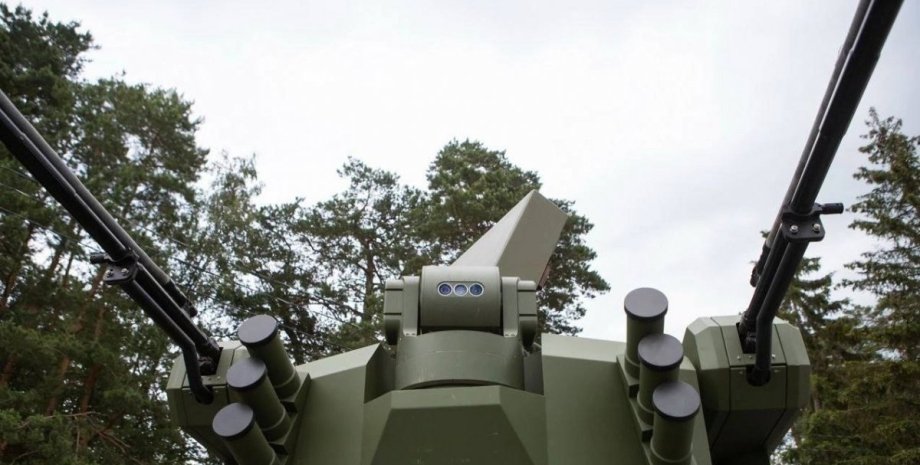
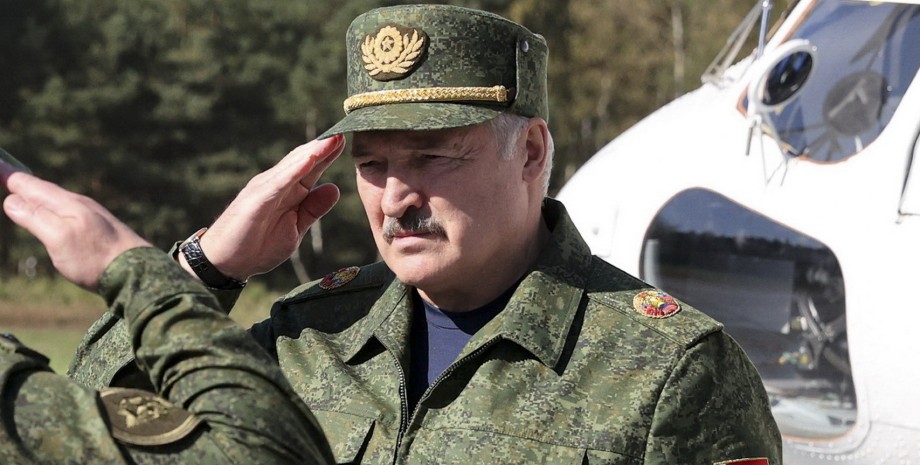
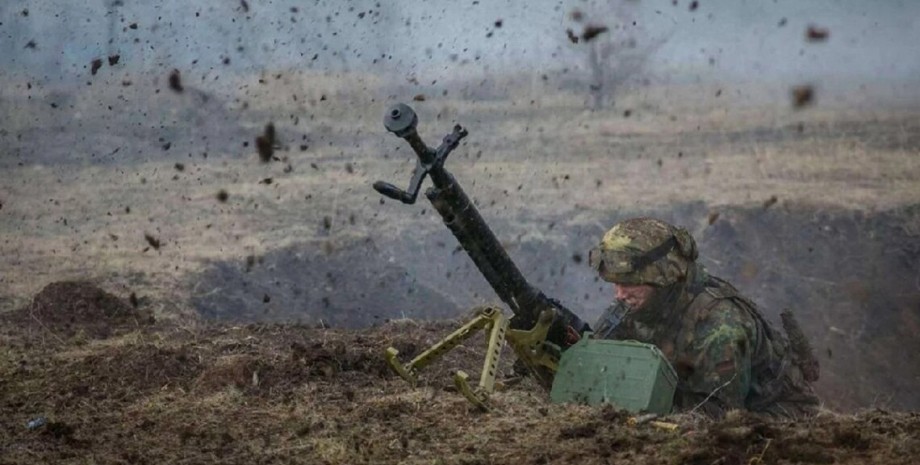

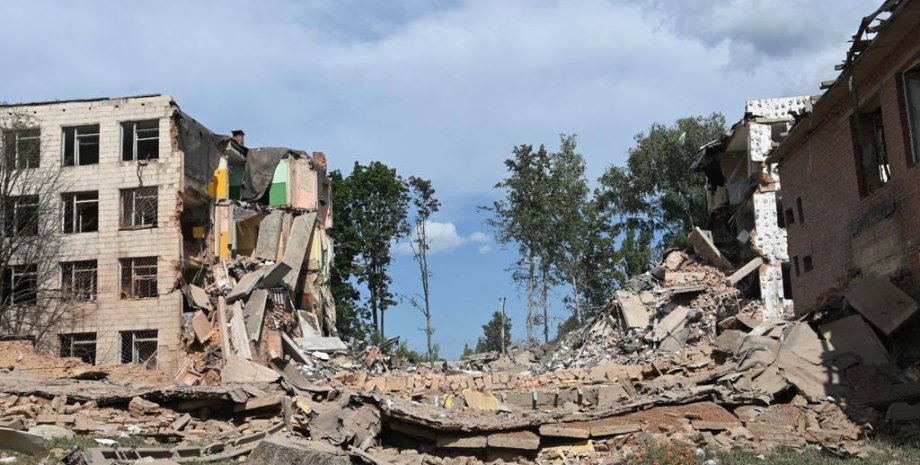


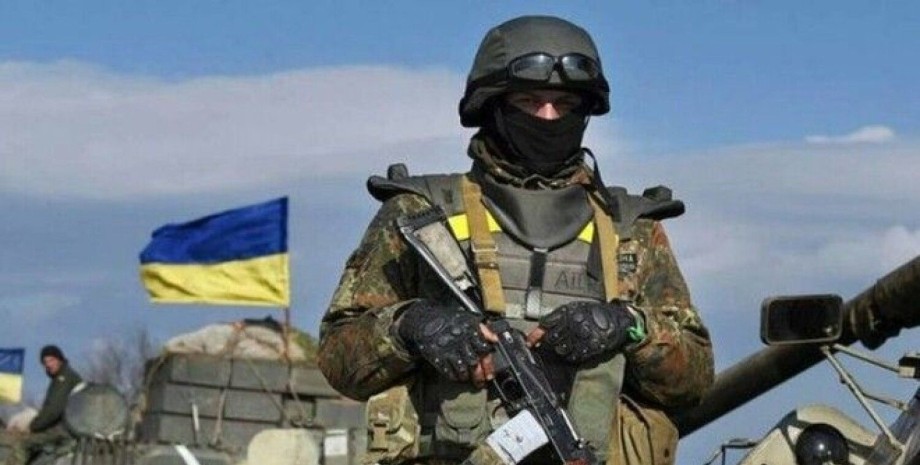
All rights reserved IN-Ukraine.info - 2022